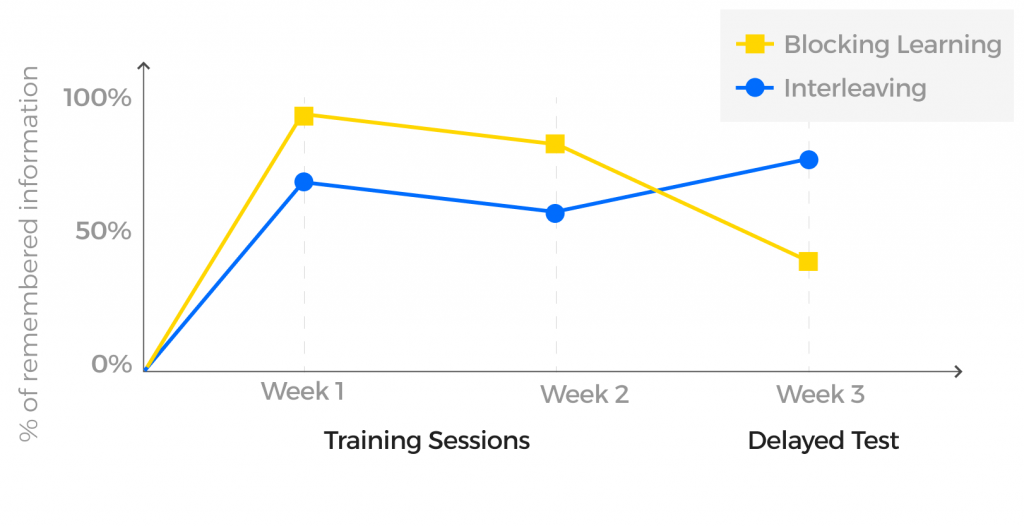Can Difficulties in Language Learning Be Desirable?

To show you what advantage you gain over learning on similar apps, we give you a special lifetime offer for only 239 €! Take advantage of this one-time offer and forget about monotonous grammar and impractical vocabulary.
If you are tired of conventional learning methods that produce mediocre results, then this article will change your thinking about what it means to learn any language effectively and FAST.
So-called “Desired Difficulties” is a rather surprising, groundbreaking concept backed by research (e.g., by psychology professor Robert Bjork), which traditional methods often leave out of their program. This is caused by the fact that the materials in all sorts of courses, or course books, are usually arranged thematically.
3 Pillars of Desirable Difficulties
But what are these “Desirable Difficulties”? We are talking about a combination of 3 key elements. First: so-called Spaced Repetition (i.e., repetitions spread out over appropriate time intervals). The “interval effect” or “optimized repetitions,” in a nutshell, is that a given piece of material is repeated many times, with an increasingly longer interval between repetitions.
The second element is known as “Interleaving,” a mix of different topics in repetition sessions instead of sticking to just one. This approach prevents “blind shots” when we don’t remember the meaning of a word, but try to guess it, knowing what subject it is from. Unfortunately, in real life it’s not so easy 🙂
The final, third element is Testing. In practice, this means that it is always better to solve a quiz or be questioned than to review material.
Contemporary research by scientists in the field of linguistics shows that Spaced Repetitions combined with Interleaving and Testing is a powerful combination that drastically improves long-term performance.
A Little More Effort – Much Better Results
If you apply this non-intuitive model of learning correctly, you are very likely to remember things you are learning now in 5, 10 or even 15 years.
Why is this model non-intuitive? Because when measuring effectiveness from a short-term perspective, it may seem that introducing these elements only delays moving forward with the material. But don’t fall into the trap of near-sightedness – this is just an illusion!
Over the long haul (and learning a language is a marathon, not a sprint), desirable difficulty beats an approach that doesn’t include these 3 “impediments.” However, applying the desired difficulties in practice without the right tools is quite a breakneck task (ask us how we know).

The “Unfair” Advantage of Taalhammer Users
That’s why we created Taalhammer, an app where repetitions are properly staggered. On top of that, instead of focusing on a single topic that has already been processed, the repetitions are based on a mix of different topics. All of this is based on constant testing with the help of flashcards and exercises.
In flashcards, vocabulary is always woven into picture-text sentence examples in order to make it even easier for the brain to assimilate new vocabulary and language constructions.
Exercises, on the other hand, instead of touching only one topic such as the passive voice or past tense, are designed so that the brain is able to dynamically combine multiple language structures, and thus better consolidate knowledge and, as a result, use language much more efficiently.
Reclaim Tens of Valuable Hours
With this approach, you’ll stop wasting precious hours organizing learning content on your own, and gain time for actual repetitions, or whatever you like to do in your free time :]
As you can see, we’ve done the dirty work for you and combined the most effective scientific methods so that they bring fast, but also SUSTAINABLE results to your learning.
Join the revolution in language learning and try Taalhammer in a limited lifetime offer for 239 €.


